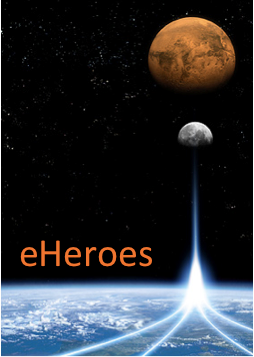 |
||||||
Wall of PeaceIn the nineties, solar physicists realized that the Sun and its daily activity had a non-negligible impact on humanity and in particular on the technological tools we use. Space Weather as a concept and a science was born. The European space weather community jumped on the Space Weather wave and started to organize itself. In 2003, 23 countries participated in a project 'Developing the scientific basis for monitoring, modeling and predicting space weather' that acted as the glue between space researchers across Europe. An English definition of Space Weather was officially approved by the representatives of the 23 countries.Science as a universal languageSince then, this definition was translated in many languages by scientists worldwide. Indeed, we find it of prime importance that all cultures can access the concept of Space Weather in their own words. In several languages, words had and have to be invented. Therefore, the colleagues making the translations made a precious gift to their language-speaking people and, using a word bigger than us, to Mankind. Thanks to Science, all these languages, all these cultures are still telling the same thing.The translation are brought together in the Wall of Peace To follow Joseph Roblat who shared the Nobel Peace Prize with the Pugwash Conferences on Science and World Affairs: 'The ethics and logic of science are universal. They transcend geographic frontiers and ideological divides. Respect for facts and abhorrence of prejudices are inherent in the scientist's morality.' This is why the exhibition is called the Wall of Peace. Watch it liveThe Wall of Peace will be on display from Monday November 18 to Friday November 22, 2013 on the Koningin Astrid square, Antwerpen, Belgium.
| ||||||
|
| ||||||







